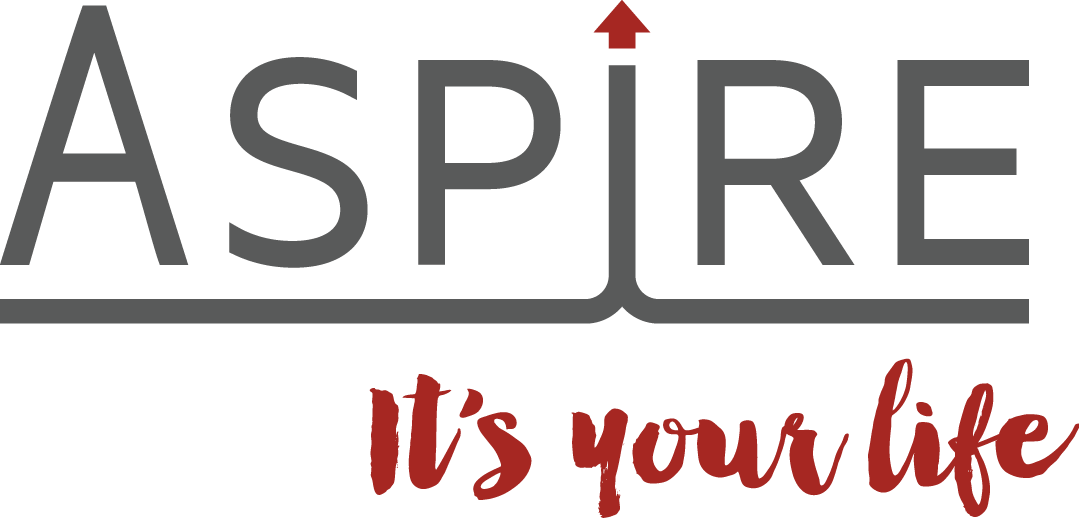Here’s why your borrowing power might soon get a lift
Who doesn’t love a tax cut? Most of us are now only weeks away from saving on our tax bills, with Stage 3 tax cuts to kick in from 1 July. But another key advantage is that the tax cuts could give your borrowing power a nice boost.
The upcoming Stage 3 tax cuts have received plenty of attention – some good, some bad – so we won’t focus on the politics of it today.
But they are still expected to benefit about 13.6 million Australians, and how much tax you might save depends on your income.
A person on the national average wage of around $73,000 will pocket a yearly tax saving of $1,504, says the federal government.
If your income is, say, $100,000, you could expect to save $2,179 in tax each year.
For households juggling a cost-of-living crunch, the tax cuts can’t come soon enough.
But if you’re in the market for a new home, the tax cuts may offer an unexpected sweetener: a handy boost to your borrowing power.
What is ‘borrowing power’?
Your borrowing power, or borrowing capacity, refers to the amount a lender is willing to lend to you.
It’s based on several factors including the size of your deposit, your household expenses, and your after-tax income (or take-home pay).
The higher your after-tax income, the more you may be able to borrow.
That could mean being able to buy a home sooner, or buying a more expensive property.
How the tax cuts might affect your borrowing power
RateCity has crunched the numbers, finding that for a single person on an income of $100,000, the Stage 3 tax cuts could add an extra $21,000 to their borrowing power.
A couple with a combined annual income of $150,000 could see their borrowing capacity jump by almost $30,000.
It makes the upcoming tax cuts great news if you’re in the market for a first home, or if you’re upgrading to your next place.
Even if you don’t plan to borrow more, the increase to your take-home pay may make your current home loan repayments more manageable.
Other ways to boost your borrowing power
You may not need to wait for the Stage 3 tax cuts.
It is possible to increase your borrowing capacity in other ways, including:
1. Trim spending
Cutting back on non-essential expenses could free up extra cash to grow your deposit.
As household expenses are a factor many lenders look at when determining loan eligibility, trimming back regular costs could add to your borrowing power.
2. Cut back your credit card limit
When you apply for a home loan, lenders will look at the maximum limit on your credit card – not the outstanding balance.
That’s because you could max out the card just after buying a home, leaving less cash to manage mortgage repayments.
Contacting your card issuer to request a lower credit limit – or cancelling it altogether once paid off – could raise your borrowing power.
3. Increase income
Sure, it’s easier said than done.
But if you can take on extra shifts for a few months, convince the boss you deserve a pay rise, or start a side hustle, your bank balance – and borrowing power – could both benefit.
Find out how much you could borrow
Yes, there are online calculators that roughly estimate your borrowing power.
The catch is that these don’t take into account the different criteria applied by each lender. And they don’t know you, your expenses and your goals.
That’s why it’s important to talk to us to get a more accurate picture of your borrowing power.
We can get to know you, your expenses, and the kind of property you have your eyes set on, and then help you come up with a plan to try and make it happen.
Disclaimer: The content of this article is general in nature and is presented for informative purposes. It is not intended to constitute tax or financial advice, whether general or personal nor is it intended to imply any recommendation or opinion about a financial product. It does not take into consideration your personal situation and may not be relevant to circumstances. Before taking any action, consider your own particular circumstances and seek professional advice. This content is protected by copyright laws and various other intellectual property laws. It is not to be modified, reproduced or republished without prior written consent.


